Goth Chick News: Do You Like Fish? Well He Likes You Too…
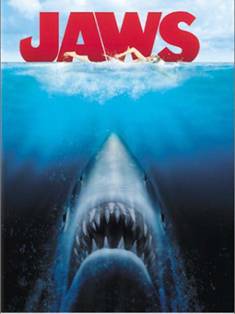 “You’re gonna need a bigger boat.”
“You’re gonna need a bigger boat.”
Back in March I wrote about quotable movie lines and at least in my circles, Chief Brody’s ironic statement to Captain Sam Quint ranks near the top. If you’re under the age of twenty-five you truly may not recognize it, but if you’ve made it through life this far without having seen most of Jaws, then I’m afraid I’m going to have to ask you to step away from your computer screen and go out for some fresh air.
And once you’ve done that, immediately put Jaws in the number one spot in your Netflix queue.
Thirty-five years ago, on fourth-of-July weekend, movies and the movie-going public were changed forever by a hot-shot young director and his mechanical shark.
That’s right kids, no CGI, no green-screen magic, not even a little forced-perspective puppetry. The shark was a life-sized monster, tooling around in the ocean instead of a water tank, and the actors really got wet.
Back in 1975 no one had really heard of Steven Spielberg. Besides a string of television episodes, he had only one movie under his belt: Sugarland Express, which he both wrote and directed.
However, that movie did well enough for him to be taken seriously when he asked to direct the movie adaptation of Peter Benchley’s number one best seller, Jaws.
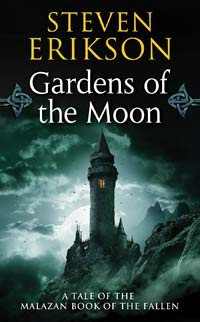 Over at Tor.com, bloggers Bill Capossere and Amanda Rutter have commenced an epic re-read of all ten volumes of The Malazan Book of the Fallen, starting with the first novel, Gardens of the Moon.
Over at Tor.com, bloggers Bill Capossere and Amanda Rutter have commenced an epic re-read of all ten volumes of The Malazan Book of the Fallen, starting with the first novel, Gardens of the Moon.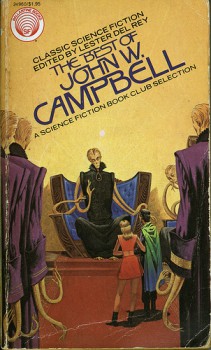 I’ve discovered that once you start writing about 1930s magazine science fiction — a field small enough for thorough analysis, but bursting with enough wonders to fill the galaxy — it becomes difficult to stop. Pondering the marvels of
I’ve discovered that once you start writing about 1930s magazine science fiction — a field small enough for thorough analysis, but bursting with enough wonders to fill the galaxy — it becomes difficult to stop. Pondering the marvels of 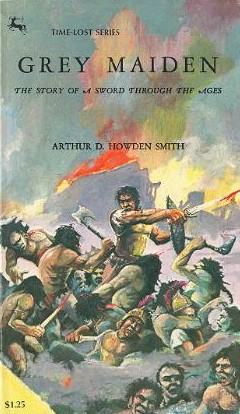 I have a habit of buying books — a compulsion, really. Older books, mostly, from book fairs and small used bookstores. Things that look unusual, and which, in the absence of an immediate reason on my part to read them immediately, often sit on my shelves for some time before I get around to them.
I have a habit of buying books — a compulsion, really. Older books, mostly, from book fairs and small used bookstores. Things that look unusual, and which, in the absence of an immediate reason on my part to read them immediately, often sit on my shelves for some time before I get around to them.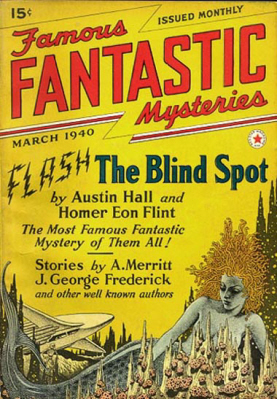 Last night at dinner we were discussing (as one does) Homer Eon Flint.
Last night at dinner we were discussing (as one does) Homer Eon Flint.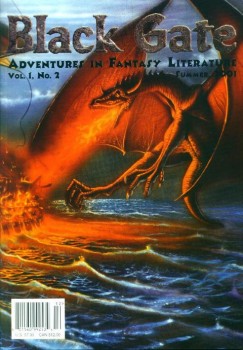 Matthew Maestri writes:
Matthew Maestri writes: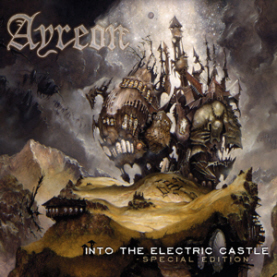 There’s this thing I do when I know a given task will be difficult. I
There’s this thing I do when I know a given task will be difficult. I 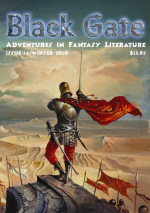 Luke Forney. who
Luke Forney. who 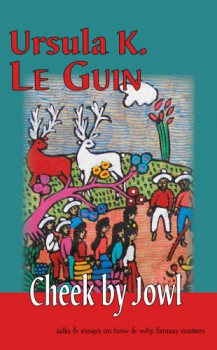
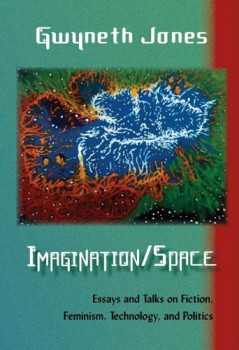 For all those recovering English majors interested in science fiction criticism, you might want to check out
For all those recovering English majors interested in science fiction criticism, you might want to check out 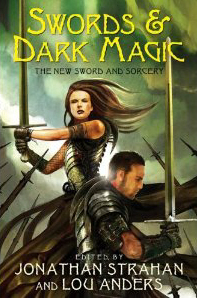 Lou Anders
Lou Anders